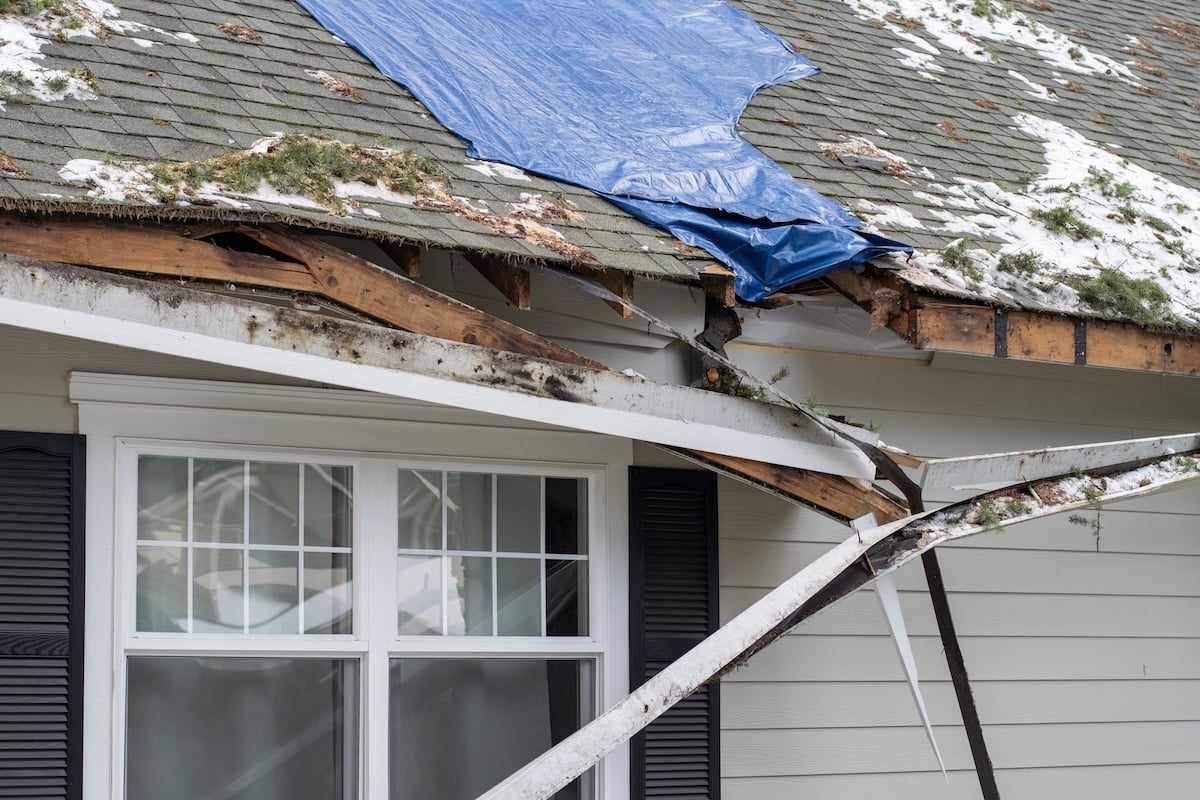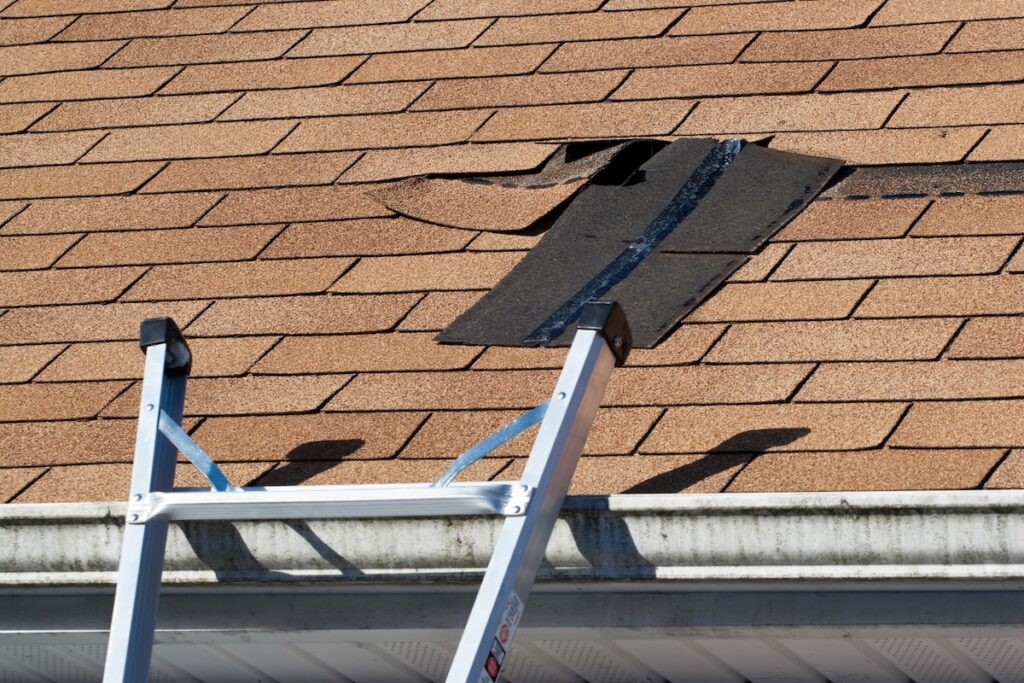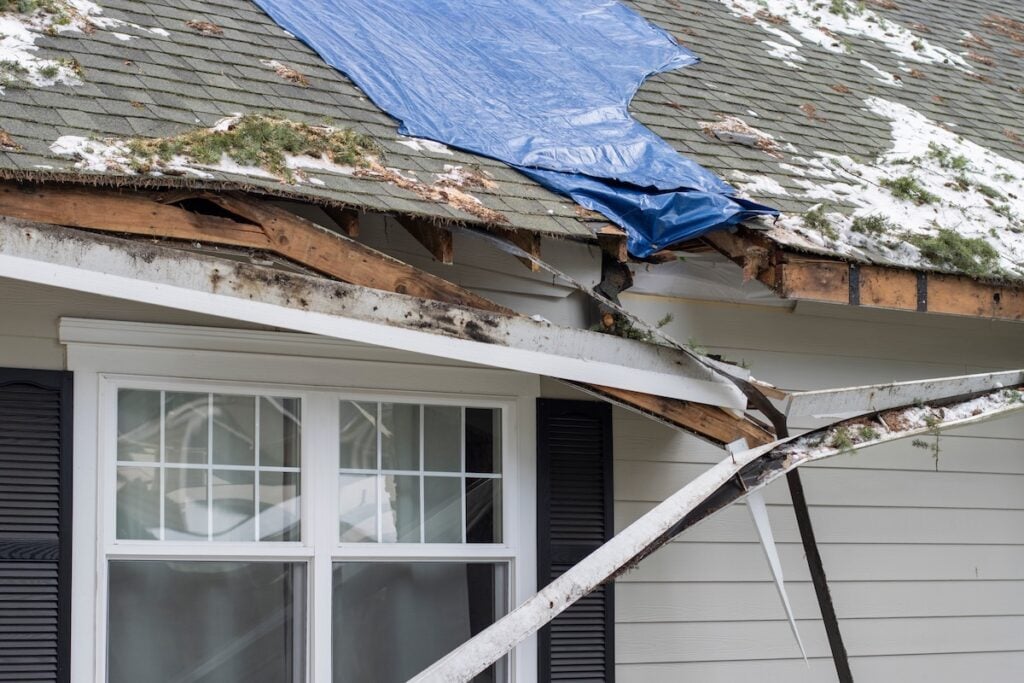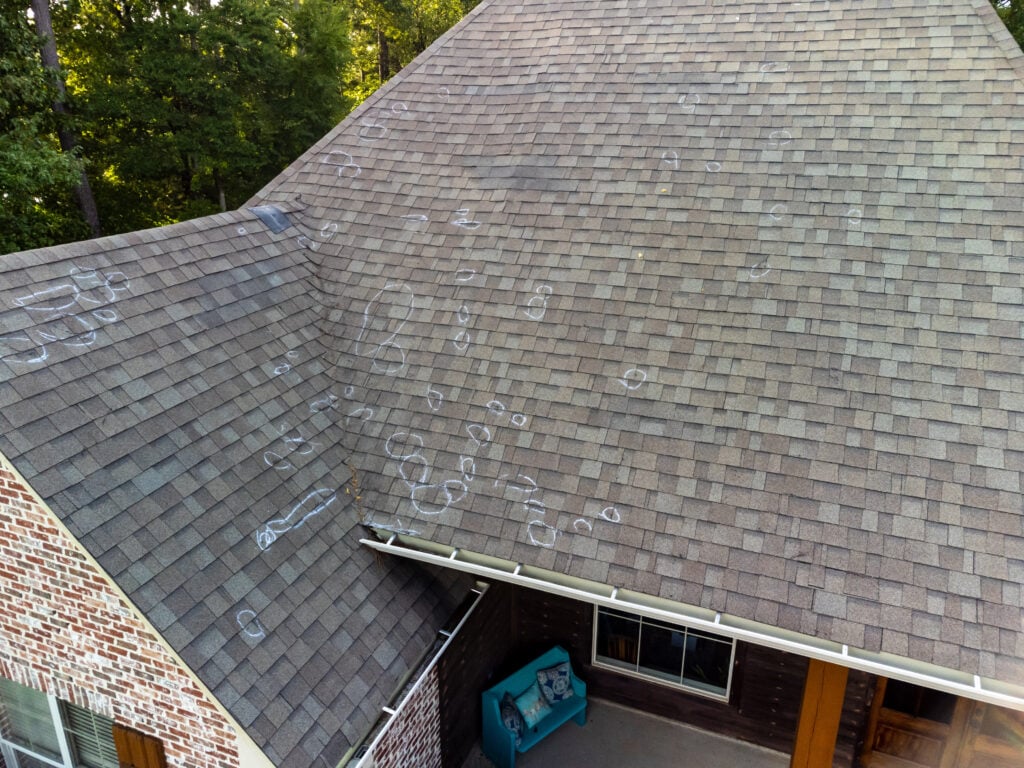
8 Signs of Storm Damage To Roof Systems (Homeowners Guide)

Severe weather can wreak havoc on your home’s most important protective barrier—your roof. After storms pass through your area, it’s crucial to assess potential damage before minor issues become costly repairs. Learning to identify signs of storm damage to roof systems can save you thousands of dollars and protect your family’s safety.
Whether you’ve experienced high winds, hail, or heavy rain, knowing what to look for helps you take swift action. If you suspect damage, consider reaching out to professional roofing contractors who can provide expert assessment and repairs.
This comprehensive guide will cover:
- Why timely roof damage assessment matters
- Clear warning signs of storm damage
- When to call professionals for help
- How to protect your roof from future storms
🔍 Why Storm Damage Assessment Is Important

Acting quickly after severe weather protects both your home and your wallet. Storm damage often starts small but can rapidly escalate into major structural problems if left unaddressed.
Early detection offers several key advantages:
- Prevents water damage: Addressing small leaks early stops issues like mold growth, wood rot, and structural weakening that can escalate into costly repairs.
- Maintains insurance coverage: Many insurance policies require timely reporting of damage to remain eligible for claims, so acting quickly is essential.
- Saves money: Fixing minor problems is far more affordable than waiting until extensive damage requires a full roof replacement.
- Protects home value: A well-cared-for roof boosts curb appeal and ensures your property retains its market value over time.
- Ensures family safety: A damaged roof can lead to falling debris or structural instability, putting your family at risk.
⚠️ 8 Clear Signs of Storm Damage To Your Roof

Identifying damage requires both exterior and interior inspection. Here are the most common indicators that storms have affected your roofing system.
1. Missing or Damaged Shingles
High winds can lift, crack, or completely remove shingles from your roof surface, leaving your roof vulnerable to water damage and further deterioration. Missing or damaged shingles are one of the most common issues after a storm and must be addressed promptly to avoid costly repairs.
- Look for bare spots on your roof where shingles are missing or areas where shingles appear lifted, curled, or broken.
- Check your yard and gutters for shingle pieces or debris that may have come loose during a storm.
- Pay close attention to the edges of your roof, as wind damage often begins there and can spread inward.
2. Granule Loss from Asphalt Shingles
The protective granules on asphalt shingles shield your roof from harmful UV rays and moisture, but hail, wind, and heavy rain can knock these granules off. When the granules are gone, the underlying material is exposed, increasing the chance of leaks and premature wear.
- Look for excessive granules collecting in gutters, downspouts, or along the base of your home after a storm.
- Inspect shingles for shiny or dark spots, which indicate areas where granules are missing and the underlayer is exposed.
- Remember that granule loss can weaken your shingles over time, so early detection is key.
3. Dented or Cracked Gutters and Downspouts
Metal components like gutters, flashing, and downspouts are often the first to show visible signs of hail damage. Dents and cracks in these areas can compromise your drainage system, leading to water pooling and roof damage.
- Inspect your gutters for dents, cracks, or even sections that have separated from the roofline.
- Check downspouts for impact marks, structural damage, or blockages that could prevent proper water flow.
- Make sure your gutters are securely fastened and functioning to avoid long-term water issues.
4. Interior Water Stains or Leaks
When roofing materials are damaged, water can seep into your home, leaving visible signs like stains, leaks, or damp areas. These signs often appear hours or days after a storm and can cause further damage if not addressed.
- Look for brown or yellow stains on your ceilings and walls, which could indicate water intrusion.
- Inspect attic spaces for wet insulation, water pooling, or signs of mold growth.
- Keep an eye out for musty odors, as they may indicate hidden water damage.
5. Damaged Flashing Around Chimneys and Vents
Flashing is critical for sealing areas where your roof meets chimneys, skylights, vents, or other protrusions. Damaged flashing creates a direct pathway for water to enter your home, leading to leaks and structural damage.
- Examine flashing for visible cracks, bends, or separation from the roof surface.
- Look for missing or loose pieces of flashing that may have been dislodged during a storm.
- Check for signs of rust or corrosion, which can weaken the waterproofing properties of the flashing over time.
6. Hail Impact Marks
Hailstorms can leave behind distinctive circular dents or cracks on your roofing materials, often damaging shingles, metal roofing, and nearby outdoor items. These marks can compromise the integrity of your roof and expose it to further damage.
- Inspect your shingles for round impact marks or cracks caused by hail.
- Check metal roofing and other components, such as vents or flashing, for similar dents and damage.
- Look at outdoor furniture, vehicles, and other items around your home for matching dent patterns, as these can indicate hailstorm severity.
7. Clogged or Overflowing Gutters
Storm debris, like leaves, branches, and dirt, can overwhelm your gutter system, preventing proper drainage. Overflowing gutters can cause water to back up under your roofing materials, leading to water damage and leaks.
- Clear your gutters of debris after storms to ensure water can flow freely.
- Check for clogs in downspouts and make sure water is draining safely away from your home’s foundation.
- Regular gutter maintenance can help prevent storm-related damage and preserve the integrity of your roof.
8. Sagging or Uneven Roof Lines
Severe storms can impact your roof’s structural integrity, causing it to sag or develop uneven lines. This can indicate serious damage to the underlying framework of your roof and should be addressed immediately.
- View your roofline from multiple angles to identify sagging, bowing, or irregularities in its shape.
- Look for areas where the roof appears to dip or droop, as these could signal weakened supports or structural damage.
- Consult a roofing professional if you notice significant sagging, as it may require immediate repairs to prevent further issues.
🛡️ Protecting Your Roof from Future Storm Damage

Prevention strategies can minimize storm damage and extend your roof’s lifespan. Regular maintenance and smart upgrades make your roofing system more resilient against severe weather.
Regular Maintenance Practices
- Annual Inspections: Schedule professional roof inspections each spring to identify and address minor issues before storms arrive.
- Gutter Cleaning: Clean gutters and downspouts twice yearly to ensure proper drainage during heavy rains.
- Tree Trimming: Remove overhanging branches that could fall on your roof during windstorms.
Upgrade Considerations
- Impact-Resistant Shingles: Consider Class 4 impact-resistant shingles that better withstand hail damage and may qualify for insurance discounts.
- Proper Ventilation: Adequate attic ventilation prevents ice dams and reduces wind uplift during storms.
- Secure Attachments: Ensure all roofing components are properly secured according to local building codes.
Emergency Preparedness
- Document Your Roof: Take photos of your roof’s condition before storm season for insurance purposes.
- Know Your Contractor: Research reputable local roofing contractors before you need emergency repairs.
- Understand Your Insurance: Review your homeowner’s policy to understand coverage limits and reporting requirements.
🏠 Take Action to Protect Your Home
Recognizing signs of storm damage early protects your home and family from costly complications. When you spot any of these warning signs, document the damage with photos and contact professionals immediately.
Don’t wait for small problems to become major headaches. If you’ve noticed any signs of storm damage to your roof, reach out to our experienced team today for a comprehensive inspection and reliable repairs. We’re here to help you maintain a safe, secure home regardless of what Mother Nature brings your way.

